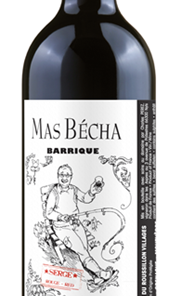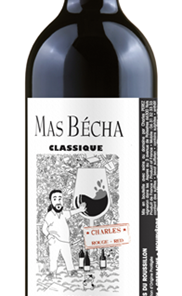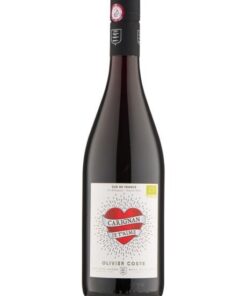Languedoc-Roussillon wine, including the wines labelled Vin de Pays d’Oc, is produced in southern France. While “Languedoc” sometimes refers to a specific historic region of France and Northern Catalonia, its use since the 20th century (especially in the context of wine) has primarily referred to the northern part of the Languedoc-Roussillon area of France which spans the Mediterranean coastline from the French border with Spain to the region of Provence.
The composition of soil in the Languedoc varies from the limestone, and gravel and chalk based soils inland to more alluvial soils nearer the coast. Some of the more highly rated vineyards are laid on top of ancient riverbed stones similar to those in Châteauneuf-du-Pape. The area has around 700,000 acres under vine and is the single biggest wine-producing region in the world, being responsible for more than a third of France’s total wine production.
Red WineWhite WineSparkling WineApellationsGrape Varieties
Among the Languedoc-Roussillon red wines, Grenache, Syrah, Carignan, Cinsault, and Mourvedre are major grapes of the Corbières, Fitou, Faugères and Minervois AOCs. Cinsault is also commonly used in rosé production along with Lladoner Pelut, Picpoul noir, Terret noir, and Grenache. Grenache is also the main grape used in the fortified wines of the Banyuls and Rivesaltes region. The red fortified wines of the Banyuls are made from Grenache grapes and normally have an alcohol level between 16 to 17%.
Chardonnay is a major white grape used in the Vin de Pays d’Oc, others include Chenin blanc and Mauzac. The sweet fortified wines of the Muscat de Frontignan and Muscat de St-Jean Minervois regions are made with Muscat Blanc à Petits Grains grapes. In the Muscat de Rivesaltes AOC, fortified wines are made from Muscat of Alexandria grapes. Vins Doux Naturels are ‘naturally sweet’ wines that have been fortified with brandy to stop fermentation, leaving some residual sugar to add sweetness to the finished wine. The majority of Languedoc sweet white wines are made with a variety of Muscat grape.
Languedoc-Roussillon sparkling wines use the chardonnay variety in Crémant de Limoux. Mauzac is the principal grape in the sparkling Blanquette de Limoux.
The five best known appellations in the Languedoc region include Languedoc AOC (formerly known as the Coteaux du Languedoc and which now includes the Roussillon), Minervois AOC, Corbières AOC, Faugères, and Saint-Chinian AOCs. The boundary of the eastern Languedoc with the Southern Rhône Valley wine region was moved slightly in 2004, with the result that Costières de Nîmes AOC is now a Rhône appellation rather than a Languedoc one.
The Languedoc-Roussillon area is home to numerous grape varieties, including many international varieties like Cabernet Sauvignon, Merlot, Sauvignon blanc, and Chardonnay. The traditional Rhône grapes of Mourvedre, Grenache, Syrah, and the white Viognier are also prominent. Some of the oldest vines in France are Carignan grapes. Winemakers often use carbonic maceration to soften the tannins. Other varieties that can be found include Roussanne, Marsanne, Vermentino, Bourboulenc, Clairette blanche, Grenache blanc, Grenache gris and Picpoul.
£25.35
French Wine
£18.75
£14.65



